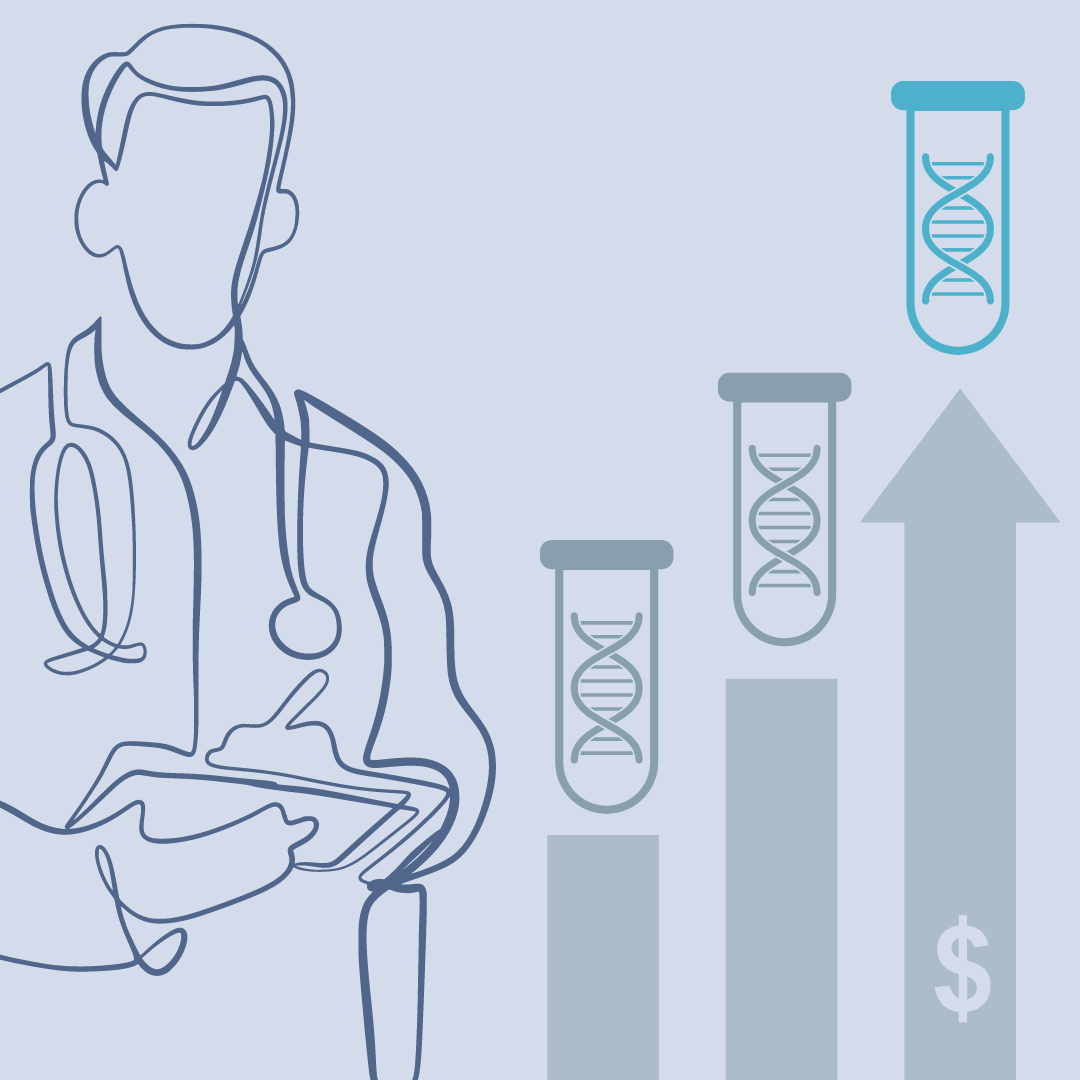Aspiring Parents Have a New DNA Test to Obsess Over
By Kristen V. Brown,
The Atlantic
| 01. 15. 2025
The first time Jamie Cassidy was pregnant, the fetus had a genetic mutation so devastating that she and her husband, Brennan, decided to terminate in the second trimester. The next time they tried for a baby, they weren’t taking chances: They would use IVF and screen their embryos’ DNA. They wanted to avoid transferring any embryos with the single-gene mutation that had doomed their first pregnancy. And then they started wondering what other ailments they could save their future son or daughter from.
The Cassidys’ doctor told them about a company, Genomic Prediction, that could assess their potential children’s odds of developing conditions that aren’t tied to a single gene, such as heart disease, diabetes, and schizophrenia. The test wouldn’t be any more invasive than screening for a single gene—all the company needed was an embryo biopsy. The science is still in its early stages, but the Cassidys didn’t mind. Brennan has Type 1 diabetes and didn’t want to pass that condition on, either. “If I can forecast that my baby is going to have less chance to have Type...
Related Articles
By Katherine Long, Ben Foldy, and Lingling Wei, The Wall Street Journal | 12.13.2025
Inside a closed Los Angeles courtroom, something wasn’t right.
Clerks working for family court Judge Amy Pellman were reviewing routine surrogacy petitions when they spotted an unusual pattern: the same name, again and again.
A Chinese billionaire was seeking parental...
By Sarah A. Topol, The New York Times Magazine | 12.14.2025
The women in House 3 rarely had a chance to speak to the women in House 5, but when they did, the things they heard scared them. They didn’t actually know where House 5 was, only that it was huge...
By Sarah Kliff, The New York Times | 12.10.2025
Micah Nerio had known since his early 30s that he wanted to be a father, even if he did not have a partner. He spent a decade saving up to pursue surrogacy, an expensive process where he would create embryos...
By Carter Sherman, The Guardian | 12.08.2025
A huge defense policy bill, revealed by US lawmakers on Sunday, does not include a provision that would have provided broad healthcare coverage for in vitro fertilization (IVF) for active-duty members of the military, despite Donald Trump’s pledge...




